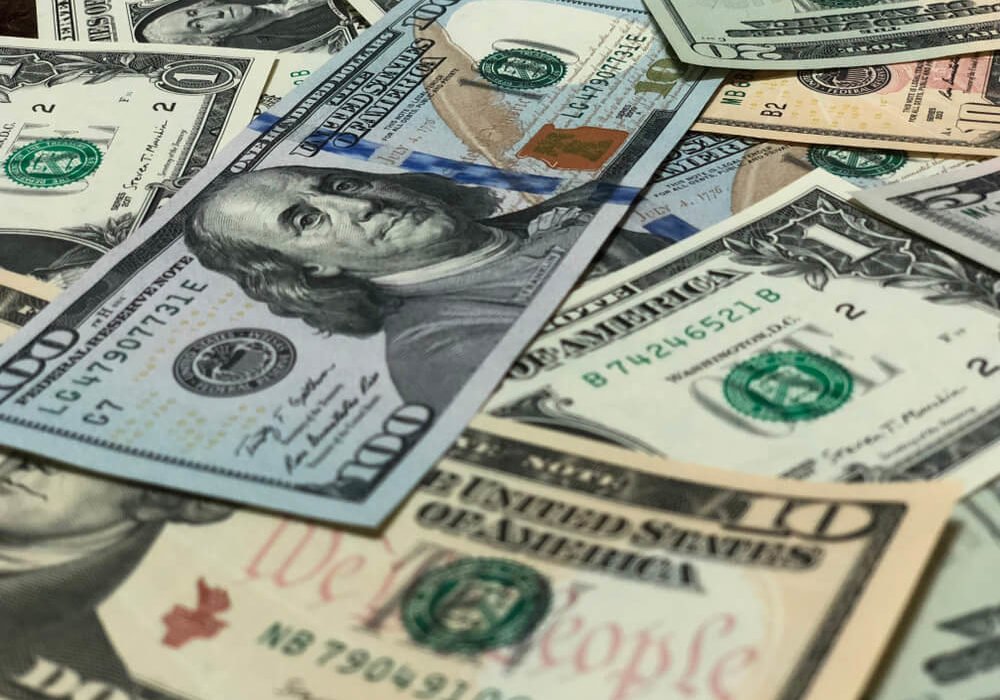On Monday, July 26, the USD crashed even though it remained near its multi-highs since April 2021 ahead of the Fed meeting on Wednesday.
The Dollar Index, which trails the greenback in opposition to its six other rival currencies, plummeted 0.07% to 92.862. It was slightly under its three-and-a-half-month high of 93.194 from the previous week, however, it was still above 3.80% from its recent low last May 25.
An analyst stated that the progress in the economic recovery of the United States increased the possibility that the Fed may start tapering assets as early as this year.
Moreover, the greenback might proceed to strengthen throughout this week since the central bank is expected to move near asset tapering.
Yet, some experts are still concerned about the surge of Covid-19 cases globally that can delay the economic recovery, which reduces their risk appetite. Nonetheless, it was regained as robust U.S. earnings gave a boost to world stocks.
Furthermore, the USD/JPY pair plummeted 0.18% to 110.34. It is a bit closer to its highest record of 110.58 last Friday since July 14. In addition, its services purchasing managers’ index was released earlier in the day with a data of 46.4, lower than the previous record of 47.2.
Likewise, the AUD/USD pair stumbled 0.20% to 0.7349 as the Aussie dollar slipped to an almost eight-month low of $0.72895 last week.
Consequently, the NZD/USD pair declined 0.01% to 0.6970 as the recently released trade data dropped to NZD250 million year over year. However, it climbed to NZD261 million month over month in June.
Meanwhile, the USD/CNY, GBP/USD, and EUR/USD all jumped 0.03% to 6.4827, 0.02% to 1.3748, and 0.08% to 1.1782, respectively.
China Digital Yuan
The government of China called Ant Group and Tencent Holdings Ltd to help in the development of the digital yuan, which threatens the pair’s payment networks.
In recent months, the People’s Bank of China has been testing its digital currency, placing the operators of Alipay and WeChat Pay in a tight spot.
Even so, the two big firms have no choice but to participate in the development of their new rival despite the risks of losing the user bases that they have grown for several years.
Most of the country’s 1.4 billion residents use at least one of these private services to transact using mobile devices.
Last week, the central bank stated in its first white paper that e-CNY is being developed for retail payments domestically.
It also added that the country needs a payment system that is more safe, convenient, inclusive, and privacy-friendly and has interoperability across platforms.
















